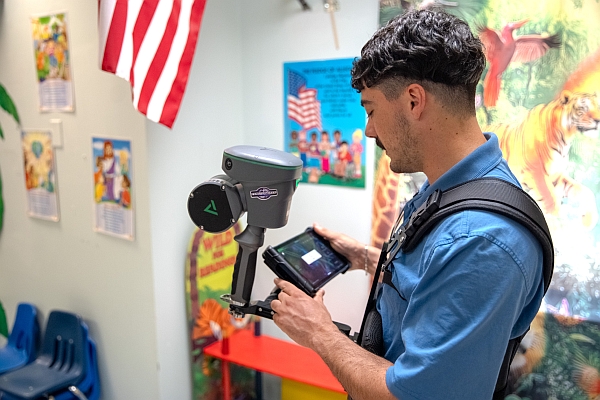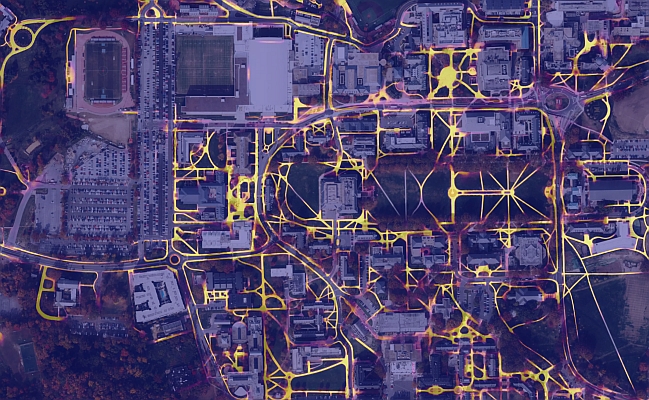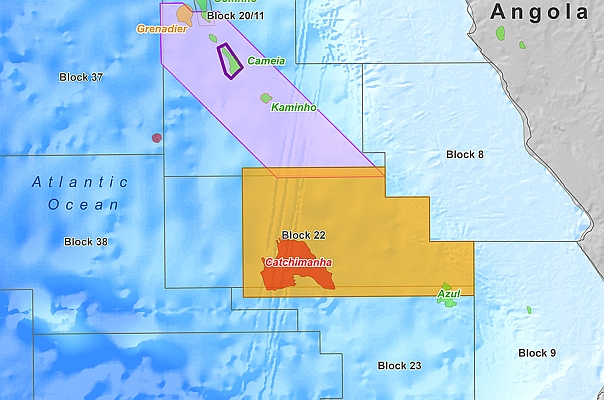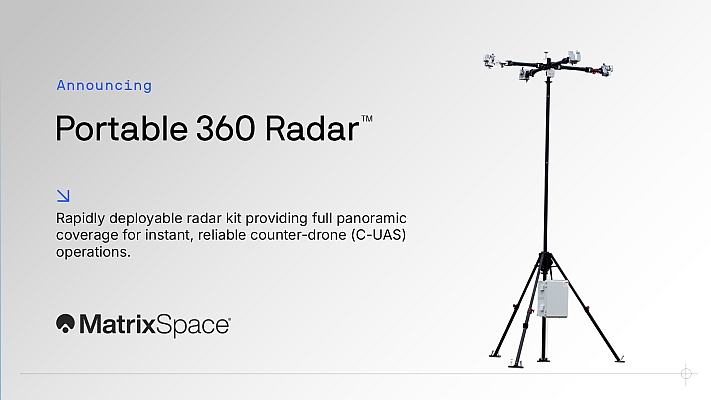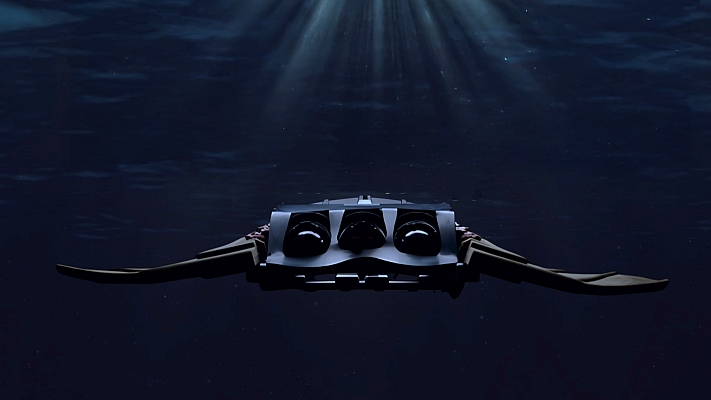The Japan Aerospace Exploration Agency conducted a nickname campaign for the first Quasi-Zenith Satellite between to familiarize people with the satellite. Among many suggestions, "MICHIBIKI" was selected as the nickname.
Selection result: The chosen nickname is "MICHIBIKI" meaning "guiding" or "showing the way."
Reason for selection: "MICHIBIKI" accounted for the highest percentage of proposed names, excluding some names that raised some concerns in terms of third party trademark rights, thus it means the name is supported by many people.
Many godparents of "MICHIBIKI" explained their selection reason as the QZS-1 is to show us a correct location using its accurate positioning information, and to guide us toward a futuristic society by establishing the next generation satellite positioning technology in Japan. As the name precisely illustrates the QZS mission, this name was chosen.
JAXA will send a certificate to all godparents of "MICHIBIKI" The winner of the trip to the Tanegashima Space Center to see off the QZS-1 launch has been announced on the website of the Space Application Mission Directorate.
Recently, a positioning service using a satellite has become essential due to the popularization of mobile phones with the GPS function. However, positioning accuracy is often poor because the view of a GPS satellite is hindered by skyscrapers in urban areas in Japan.
The major attribute of the QZS is that it can observe Japan from almost its zenith for a long time. Therefore, combined with the existing GPS, the QZS system can provide a high accuracy positioning service even in urban canyons or mountainous terrain.
The QZS system is being developed by JAXA based on the collaboration with Ministry of Education, Culture, Sports, Science and Technology, Ministry of Internal Affairs and Communications, Ministry of Economy, Trade and Industry, and Ministry of Land, Infrastructure, Transport and Tourism and also in corporation with related research organizations namely National Institute of Information and Communications Technology, National Institute of Advanced Industrial Science and Technology, Geographical Survey Institute of the MLIT and Electronic Navigation Research Institute.


